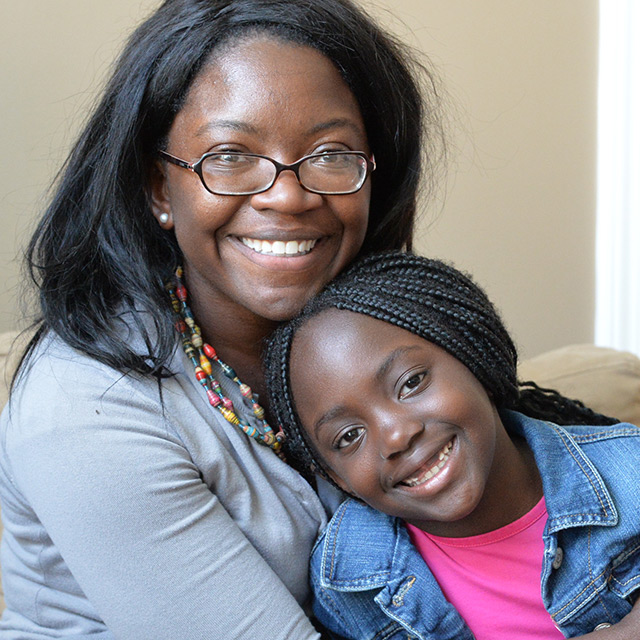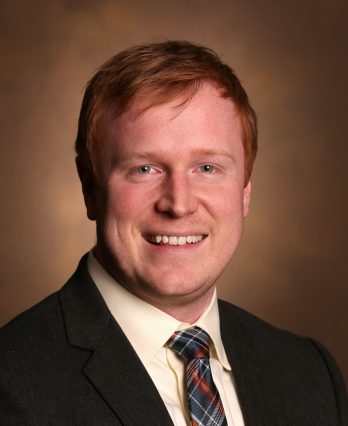Frequent infections and sleep problems are the most common issues that lead a child to tonsillectomy.
Weighing whether your child needs a tonsillectomy? Here’s what you need to know.
What are the tonsils what problems might arise?
The tonsils are two clumps of tissue that sit on either side of the throat, just behind the tongue. Part of the immune system, they are similar in makeup to lymph nodes in other places in the body. While many people do not pay any attention to their tonsils, they can cause problems if they grow too big or if they frequently become infected. If your doctor has concerns about this, he or she may recommend seeing an ear, nose and throat specialist to assess whether the tonsils should be removed in a procedure called a tonsillectomy.
What are the reasons to have a tonsillectomy?
While there are a number of reasons to have tonsillectomy, the most common are:
1. The tonsils are frequently infected.
The tonsils can become a reservoir for strep bacteria that leads to frequent sore throat. However, we have recognized that often children get better without requiring surgery. Taking this into account, the American Board of Otolaryngology has provided clinical guidelines for when one should consider tonsillectomy:
- 7 or more strep infections in a year.
- 5 or more infections a year for 2 years in a row.
- 3 or more infections a year for 3 years in a row.
2. The tonsils are too big and are interfering with breathing during sleep.
Sleep problems are actually the most common reason to have the tonsils out, accounting for up to 80 percent of cases. Obstructive sleep apnea is a condition in which breathing is interrupted or paused during sleep because of the collapse of the throat. Mild collapse produces snoring. But while snoring can be amusing, concern arises when snoring leads to the pausing or stopping of the breathing cycle, leading to gasps for air or arousal from sleep. This interrupts normal sleep cycles and prevents the restful, restorative benefits of sleep. Parents may recognize symptoms in children such as: excessive sleepiness in the daytime, poor ability to focus in school, hyperactivity, difficulty waking your child up, bed-wetting and restless sleep (tossing and turning, kicking the blankets off the bed).
What are the risks of surgery?
In an otherwise healthy child, a tonsillectomy is a very routine and safe procedure. Many children are able to go home the same day, although they may be admitted to the hospital if they are very young, have other medical problems or have significant obstructive sleep apnea. Still, parents need to be aware of important risks when considering surgery:
• Bleeding occurs between 1-3 percent of cases. Sometimes children must go back to the operating room to have the throat cauterized to stop the bleeding.
• Throat pain is to be expected after tonsillectomy, but occasionally children will refuse to drink any liquids and become dehydrated because of the pain. When this happens, they can require admission to the hospital for intravenous fluids.
• Rare complications such as voice changes or scar formation in the back of the throat can require additional surgery in approximately 1 in 10,000 patients.
What is recovery like?
Because tonsillectomy leaves a raw wound in the throat, patients can expect to be pretty sore afterward. Pain lasts an average of a week but may last as long as 10-14 days. Doctors generally recommend avoiding strenuous activity for a couple of weeks after surgery. Due to swelling in the throat, snoring may be worse immediately after surgery but is expected to improve over time. A slight fever is fairly normal after tonsillectomy, but contact the doctor if the fever is above 102°F.
Patients may follow up a few weeks after surgery to ensure that their symptoms are improved. If the obstructive sleep apnea is severe, your doctor may recommend a follow-up sleep study.
This post was written by James Phillips, M.D., an assistant professor with the department of otolaryngology at Vanderbilt. Phillips, who grew up in Knoxville, Tennessee, attended undergraduate school at Vanderbilt University and then stayed at Vanderbilt for medical school. He received residency training in otolaryngology at the University of Alabama Birmingham and then completed a fellowship in pediatric otolaryngology in Little Rock, Arkansas.

Vanderbilt’s Children’s After-Hours Clinics offer the convenience of a walk-in clinic with care provided by a board-certified pediatrician from Children’s Hospital. No appointment is necessary, but we recommend calling your pediatrician first. Learn more about services and find locations for Children’s Hospital After Hours Clinic locations.


